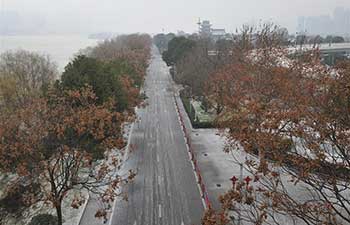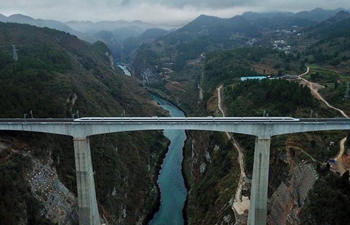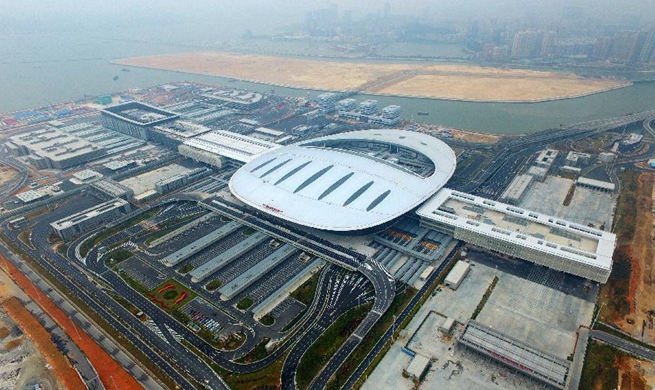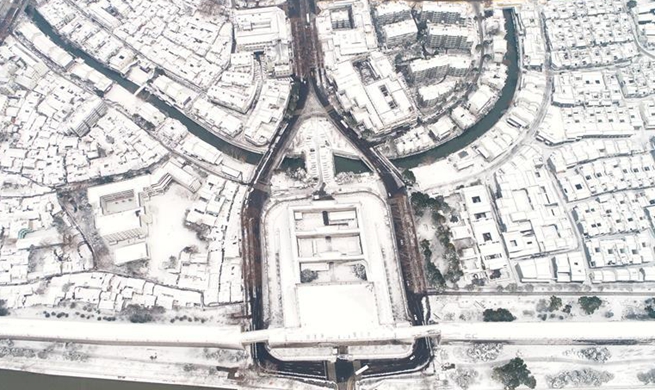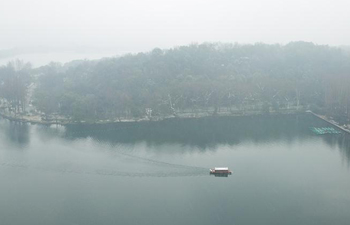BEIJING, Jan. 27 (Xinhua) -- The Liangzhu relic site, Neolithic ruins in east China's Zhejiang Province, was officially recommended Friday by the National Commission of China for UNESCO as a candidate for World Heritage status in 2019, according to the weekend edition of China Daily.
The site on the outskirts of Hangzhou, Zhejiang's capital, dates to 3300-2300 BC, roughly contemporaneous with the Old Kingdom period in ancient Egypt and the Summer civilization in Mesopotamia.
It is a complex with various types of relics, including an ancient city, tombs and a dam.
Archaeological work began in Liangzhu in the 1930s, and over the past eight decades understanding of the sites has grown from being merely a complex of tombs to a comprehensive large-scale heritage site, said Wang Ningyuan, a researcher at the Zhejiang Provincial Research Institute for Cultural Relics and Archaeology.
In the new edition of high school textbook on China released in September, Liangzhu is presented in detail as an important origin of Chinese civilization.
In 2015, the discovery in Liangzhu of the ruins of a dam -- for flood control and irrigation -- was announced.
It is the earliest known Chinese water conservancy project and was listed among China's top 10 archaeological discoveries of that year. Its contemporary counterparts overseas were built mainly in arid areas like ancient Egypt and Mesopotamia, making this discovery in the humid area near the Yangtze River unusual.
The State Administration of Cultural Heritage had put Liangzhu on a potential World Heritage site list several times before it officially applied for that status.
Jiang Weidong, deputy director of the Liangzhu relic site's administration office, said much work has been done in preparation for its submission as a World Heritage candidate.
Currently, its protection zone covers 42 square kilometers, and this is planned to expand to 111 square kilometers.








